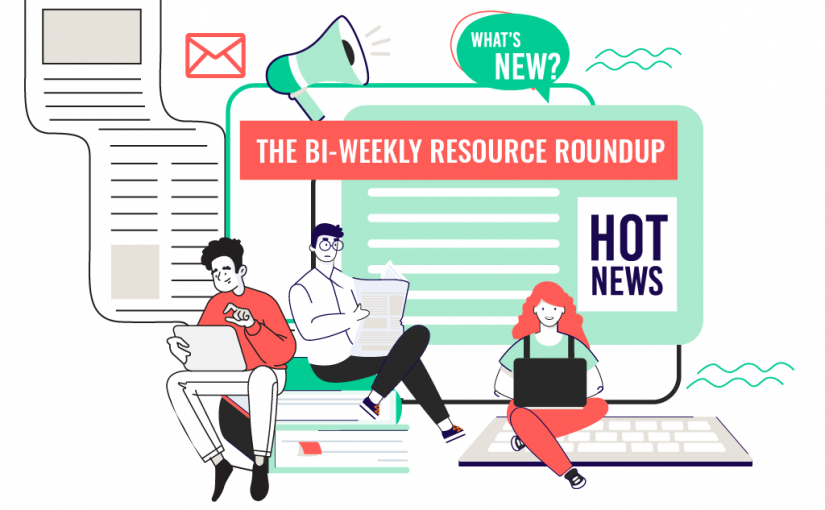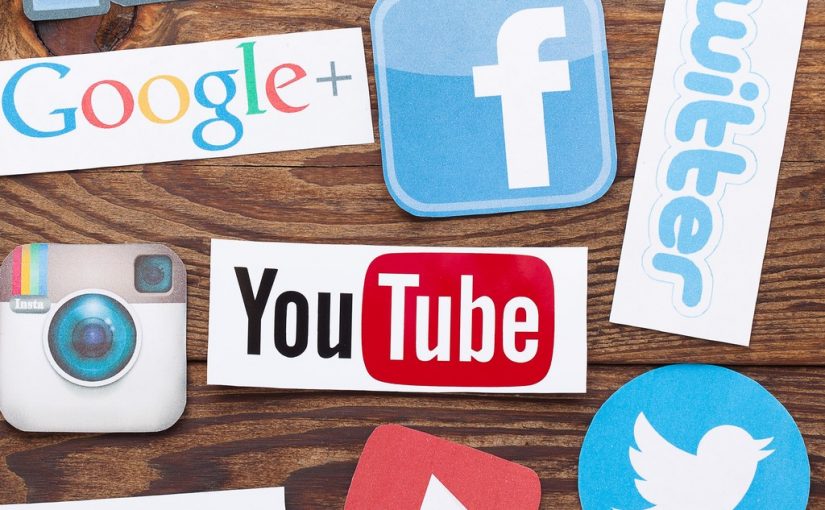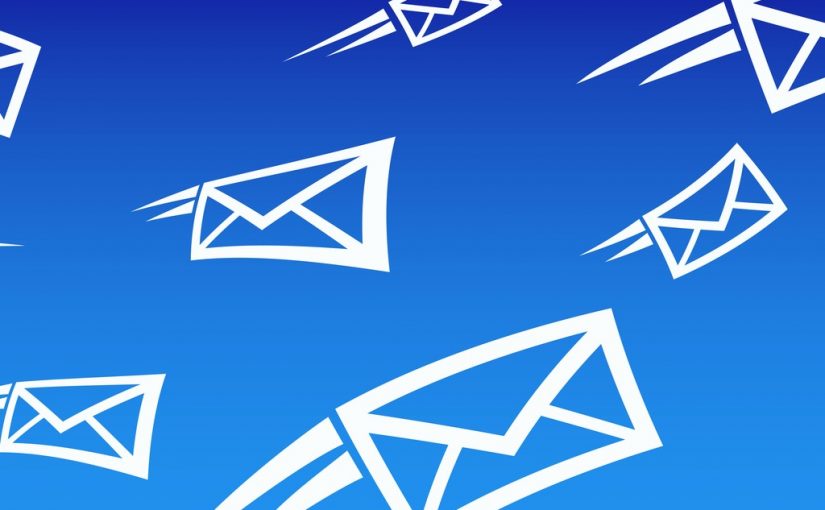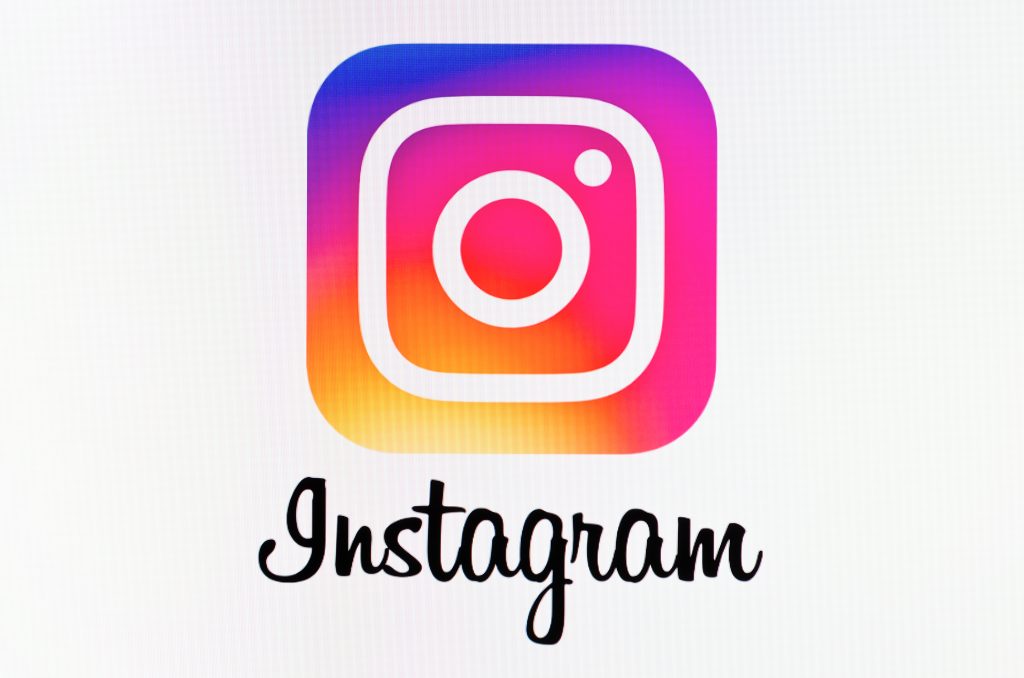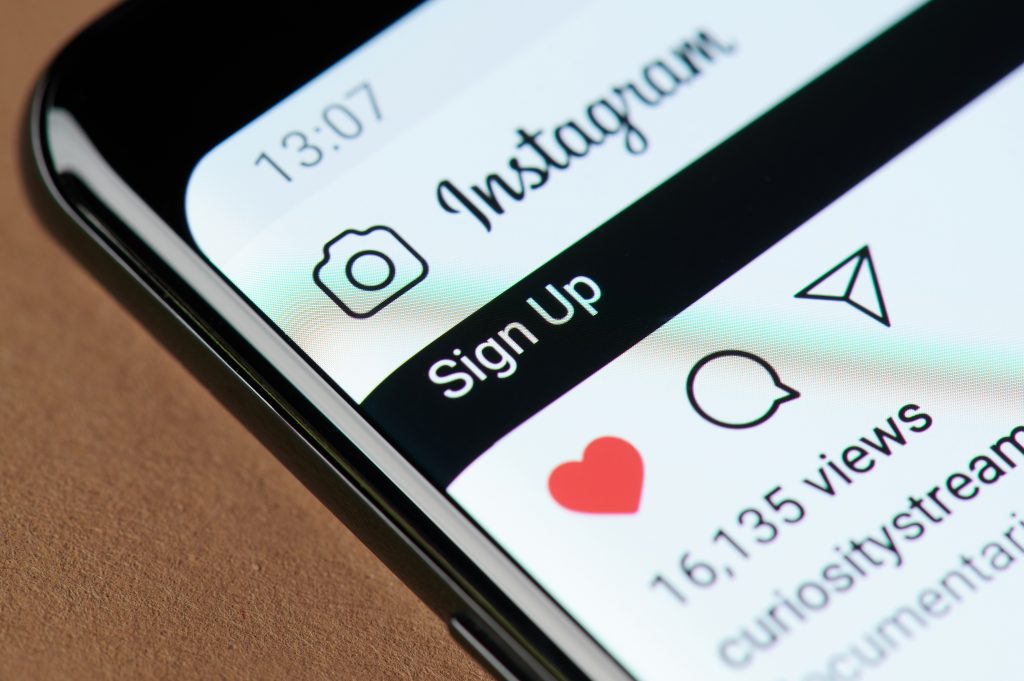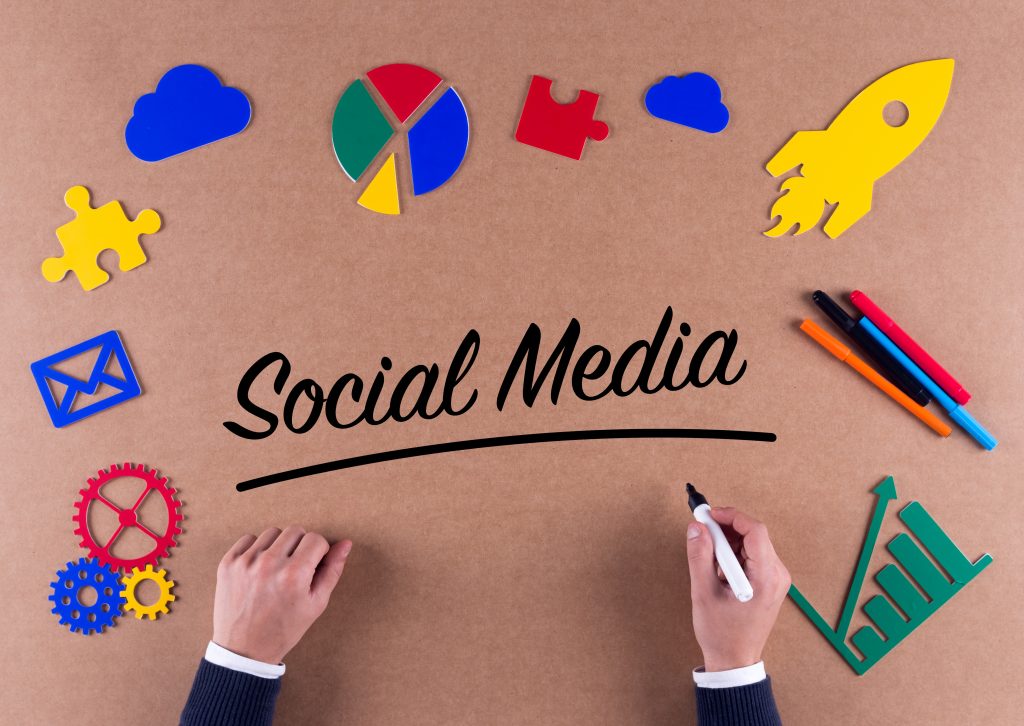The storefront is one of the most important eyecatchers of any brick and mortar business, as this is what makes or breaks the first impression of any passerby. What follows, of course, are interactions and transactions that strengthen the business’ branding and relations with their clients and partners.
It is not a surprise that the Information Age has revolutionized this landscape of catching eyes and improving relations. After all, the digital landscape has already made itself part of the environment the majority of us need to tread through both our personal and professional lives. This speedy growth of the internet realm makes it increasingly important to have what is called a “Digital Presence”.
A digital presence, simply put, is quite like having a digital storefront. It is concerned with how you “show” your business online. Of course, it roots far deeper than that. And, of course, not all digital presence can be considered good or beneficial. The following are a few good examples of good online presence that any business should attempt to achieve.
A Well Maintained Website With Good Traffic

First thing’s first: a business needs a good visual representation of their business, and nothing embodies this branding more than a website. A website can become anything you want it to be, and it is usually this freedom that can prove daunting when creating your first business website.
The function of your website may vary, from promoting to a wider audience, to securing transactions. Regardless of purpose, however, your website should be able to tell your potential clients and partners who you are, what your business is about, and what products or services you offer. Give them a form to contact you with, so that any inquiries, suggestions, and feedback may be entertained.
If you have a range of services, throw in some pictures and descriptions, if you can. A blog that gives a sneak peek on your business’ concerns would be a good touch to relate to your would-be consumers, as well. Such details and content expressed coherently not only reaches out to your customers and sets their expectations, but these details also set you apart from other businesses.
Having a coherent look and feel on your website is another good way to keep your audience’s attention, and giving them a good user experience (no site errors, smooth navigation from one page to another, visible and intuitive buttons and functions) would be the cherry on top.
A good-looking website will not be enough, of course. What makes a website good is the amount of traffic it manages to attract and retain, and, ultimately, to convert into interested and willing clients. For this, your business will need…
Advertising That Converts

Digital ads are rampant in the online world. They exist to promote products and brands to people scrolling through search engine results and social media sites. Although some ads may be quite common, they don’t always catch people’s eye or attention. A good tip for online ads would be to use noticeable colors, ones that set you apart.
For text ads, use catchy and relevant taglines. Such ads not only increase visibility (and clickability), but also increase brand recognition and contribute to your business’ identity as a whole. You wouldn’t want your business to be seen as one that is “out of touch” with its target market, would you?
Interactive Social Media Communities

Marketing used to be a one-way endeavor. Although word-of-mouth promotion exists, the difference between today and before boils down to the possibility for businesses to openly and publicly interact with its customers. This builds a strong sense of community around what businesses can offer. Utilizing the “social” in social media will not only help you widen your reach, it will also help you get to know your consumers more, on a more conversational level, too.
Visible Business Listing
Finally, a visible business listing will allow for a more professional viewership of your company’s values and offerings. Posting about your company on business listing platforms will help you push your SEO rankings further up, and make your business more visible to those who search for what you offer.
Working on your digital presence is definitely not going to be an overnight job. As with anything of great value, it will take a refined vision, hard work, and a few ounces of patience to get your business to the sweet spot of the internet.












